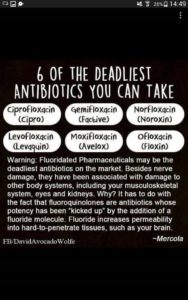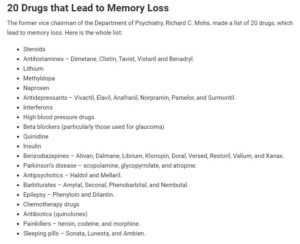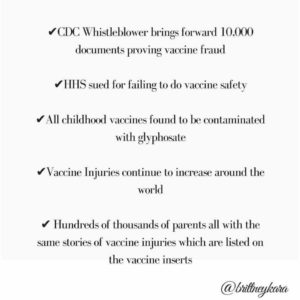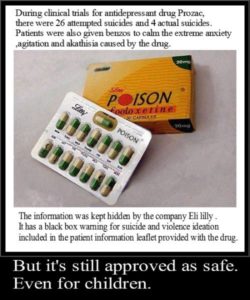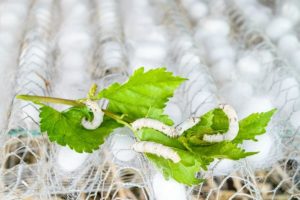
Serrapeptase is not a brand name, it’s a type of proteolytic enzyme. Proteolytic enzymes digest proteins from whole protein foods. But serrapeptase does much more than digest proteins from food.
It scavenges unwanted proteins throughout the body, chews up internal organ scar tissue, breaks up plaque deposits, and even destroys cancer cells before they form tumors.
Serrapeptase, aka serratiopeptidase, was originally discovered in silkworms that create and use the enzyme to digest the tough mulberry leaves they live on then rapidly bore through their cocoons and fly away as silkmoths when they’re ready.
Yes, these insects are used to produce real silk.
It wasn’t until the 1970s that serrapeptase (serratiopeptidase) was isolated and applied medically, at first in India then China, Japan, and Germany.
Fortunately, today it is available as an over-the-counter capsule or tablet supplement to all of us.
Enzymes: A Short Review
Enzymes are considered more vital for our health than minerals and vitamins. Nutrients cannot be broken down from food or supplements and function as catalysts for cellular nutrition without enzymes.
Enzymes are biological catalysts, which means they create biochemical chemical processes without becoming part of the end result. That’s why they’re so necessary to both digest food and absorb nutrients.
The different types of enzymes according to their functions on processing food types are:
Protease for protein.
Lipase for fats.
Amylase for starch.
Cellulase for fibers.
Lactase for dairy.
Sucrase for sugar.
Maltase for grains.
Serrapeptase is a Wondrous Healing Enzyme
Serrapeptase is not your ordinary run of the mill protease. It can function as a safe natural healing agent for many diseases and ailments. It is commonly used in most of Europe to treat sprains and ruptured ligaments and speed up post-operation recovery with less need for pain-killers. (Source)
Chronic inflammation from autoimmune diseases can be treated with serrapeptase’s ability to treat inflammation in tissues throughout the body, including joints and intestines. Removing the dead tissues and excess fibrin ameliorates the body’s overacting immune system because the irritant is removed. Then actual healing can result without inflammation or pain. (Source)
There have been many studies and actual clinical trials proving the efficacy and safety that serrapeptase provides for successfully treating inflammation.
For example, a 1990 clinical Italian study did a double-blind placebo test on 193 patients with nose, ear, and throat issues concluded that:
Serratia peptidase [Serrapeptase] has anti-inflammatory, anti-oedemic [edema] and fibrinolytic [fibrosis] activity and acts rapidly on localized inflammation. (Study abstract source)
Fibrosis, excessive growth of fibrous material that forms scarring, calcification, and other dead obstructive tissue is not confined to any particular organ. The Western medical serrapeptase pioneer in 1980 was Dr. Hans Nieper.
He used serrapeptase for cardiac patients in Germany so successfully that some who had been scheduled for double or triple bypass surgeries managed well without them after using serrapeptase. Presumably, there were also some dietary changes. Here are some quotes for Dr. Neiper:
The astonishing fact is that, unlike other biological enzymes, Serrapeptase affects only non-living tissue, like the silk cocoon. This is the reason the butterfly is not harmed.
For our health purposes, Serrapeptase dissolves only dead tissues such as the old fibrous layers that clog the lining of our arteries and dangerously restrict the flow of blood and oxygen to the brain.
https://www.nexusnewsfeed.com/article/climate-ecology/serrapeptase-a-wondrous-healing-enzyme-for-inflammation/
